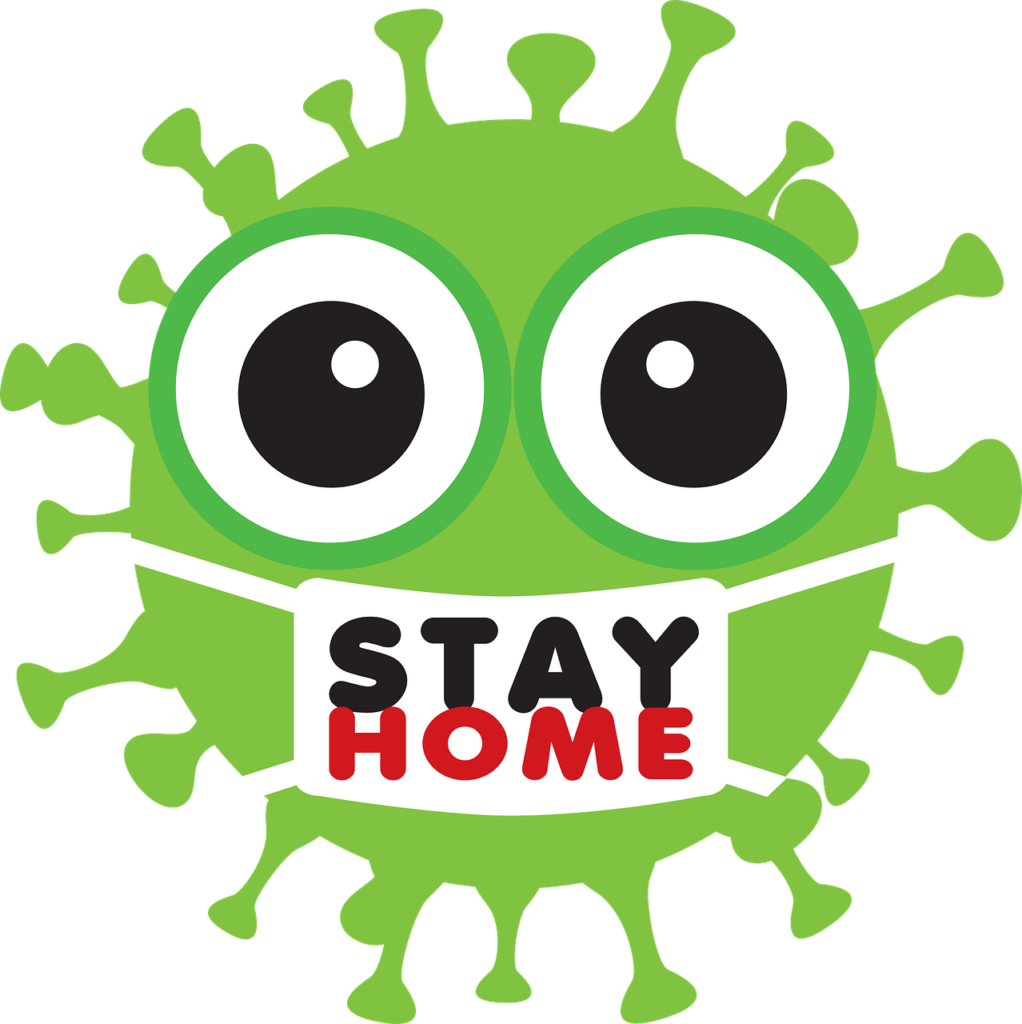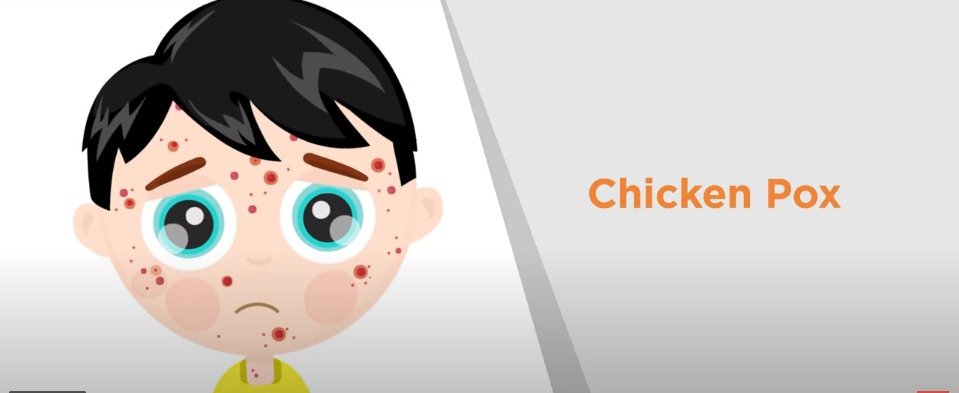Introduction to Chicken Pox
Chicken pox is a highly contagious infectious disease commonly observed in children, particularly those aged between five and nine years. It manifests with characteristic skin rashes and is more prevalent during cooler weather conditions.
Understanding Chicken Pox
Chicken pox typically begins with mild symptoms such as low-grade fever, headache, and loss of appetite, followed by the appearance of red spots on the skin. These spots progress into blisters and eventually form scabs, leading to the resolution of the disease.
Symptoms of Chickenpox
The hallmark symptom of chickenpox is an itchy rash that typically develops 7 to 21 days after exposure to the virus. Before the rash appears, individuals may experience non-specific symptoms such as fever, headache, and loss of appetite. The rash progresses through distinct stages, starting as red or pink bumps, evolving into fluid-filled blisters, and finally forming crusts before healing. It is crucial to note that individuals are contagious from 48 hours before the rash develops until all blisters have crusted over.
Causes and Transmission
Chickenpox is caused by the varicella-zoster virus (VZV), which spreads through respiratory droplets or direct contact with fluid from the blisters of an infected individual. Most cases occur in children, although adults can also be affected. Since the introduction of the chickenpox vaccine in the mid-1990s, the incidence of chickenpox has significantly declined.
Who is at Risk?
Risk factors for chickenpox include close contact with infected individuals, particularly in settings such as schools or childcare facilities. Individuals who have not been vaccinated or previously exposed to the virus are also at risk. Certain populations, such as infants, older adults, pregnant women, and those with weakened immune systems, are more susceptible to complications from chickenpox.
Diagnosis and Treatment
Diagnosis of chickenpox is typically based on clinical presentation, although laboratory tests may be conducted in some cases. Treatment focuses on symptom management and includes measures such as antihistamines, topical ointments, and supportive care to alleviate itching and discomfort. In severe cases or for individuals at high risk of complications, antiviral medications may be prescribed.
Complications and Long-Term Outlook
While chickenpox is usually a self-limiting illness, it can lead to complications such as bacterial skin infections, pneumonia, and, in pregnant women, birth defects in the newborn. Most individuals recover fully within one to two weeks, with lifelong immunity conferred upon resolution of the infection. However, the virus can remain dormant in the body and re-emerge later in life as shingles, particularly in individuals with weakened immune systems.

Prevention Measures
The most effective way to prevent chickenpox is through vaccination. The chickenpox vaccine is highly effective, providing protection against the virus in the majority of vaccinated individuals. Vaccination is recommended for children between 12 and 15 months of age, with a booster dose administered between 4 and 6 years of age. Catch-up vaccination is available for older children and adults who have not previously been vaccinated.
For individuals unable to receive the vaccine, limiting contact with infected individuals and practicing good hygiene measures can help reduce the risk of transmission. However, given the contagious nature of chickenpox, vaccination remains the most reliable method of prevention.
In conclusion, chickenpox is a common viral infection that can cause significant discomfort and complications, particularly in vulnerable populations. By understanding the symptoms, causes, treatment options, and prevention strategies associated with chickenpox, individuals and healthcare providers can effectively manage the disease and minimize its impact on public health.
Initial symptoms of chicken pox include fever, headache, and weakness, followed by the emergence of red spots on the skin, primarily on the back and chest. The rash may spread to other parts of the body, including the face and extremities, and lesions appear in successive crops. The duration of the disease varies but usually lasts between 10 to 21 days.
Causes
Chicken pox is caused by the varicella-zoster virus and primarily affects children, although it can be more severe in adults. The disease spreads through direct contact with infected individuals or inhalation of airborne droplets containing the virus. Dietary factors and persistent wrong feeding can also contribute to disease severity.
Treatment and Management
Treatment for chicken pox focuses on relieving symptoms and preventing complications. Patients should be isolated in a well-ventilated room until all scabs have fallen off to prevent transmission. Keeping nails short, wearing cotton gloves at night, and avoiding scratching are essential to prevent secondary infections. Adequate rest and hydration are crucial for recovery.
Preventive Measures
Preventing and outbreaks requires rigorous water purification measures, proper sanitation practices, and hygiene education. Regular handwashing, thorough washing of fruits and vegetables, and avoiding uncooked foods are crucial in preventing cholera transmission. Additionally, maintaining clean water sources and proper waste disposal are essential for controlling the spread of the disease.
Home Remedies
Several home remedies can provide relief from itching and discomfort associated. Cider vinegar baths, oatmeal baths, and green pea water are effective in soothing the skin and reducing irritation. Baking soda solution can also alleviate itching, while carrot and coriander soup provide nutritional support. Additionally, Vitamin E oil application and herbal teas can aid in the healing process.

Dietary Recommendations
A nutrient-rich diet is crucial for maintaining bone health and preventing cervical spondylosis. Foods rich in proteins, vitamin C, vitamin D, calcium, phosphorus, and essential trace minerals should be prioritized, while fatty, spicy, and processed foods should be avoided.Nutritional therapy focuses on replenishing vital vitamins and minerals essential for eye health, including vitamins C, E, B-complex, and minerals like zinc and selenium. Natural remedies like aniseed and almonds also offer beneficial effects.
Conclusion
though common and contagious, can be managed effectively with proper care and home remedies. By following preventive measures, maintaining good hygiene, and utilizing natural remedies, individuals can alleviate symptoms and promote faster recovery.

Unique FAQs
- Can adults get chicken pox?
- While it is more common in children, adults can also contract the virus, and the infection may be more severe in adulthood.
- How long is chicken pox contagious?
- Chicken pox remains contagious until all the blisters have crusted over, typically about 5-7 days after the rash appears.
- Are there any complications associated with chicken pox?
- In rare cases, it can lead to complications such as bacterial infections of the skin, pneumonia, or inflammation of the brain (encephalitis).
- Can chicken pox be prevented?
- while it can be prevented through vaccination. The varicella vaccine is highly effective in preventing the disease or reducing its severity if contracted.
- Is it safe to be around someone with chicken pox if I’ve already had it?
- If you’ve had chicken pox before or have been vaccinated against it, you are unlikely to contract the virus again. However, it’s still advisable to avoid close contact with infected individuals to prevent transmission to others who may be susceptible.
